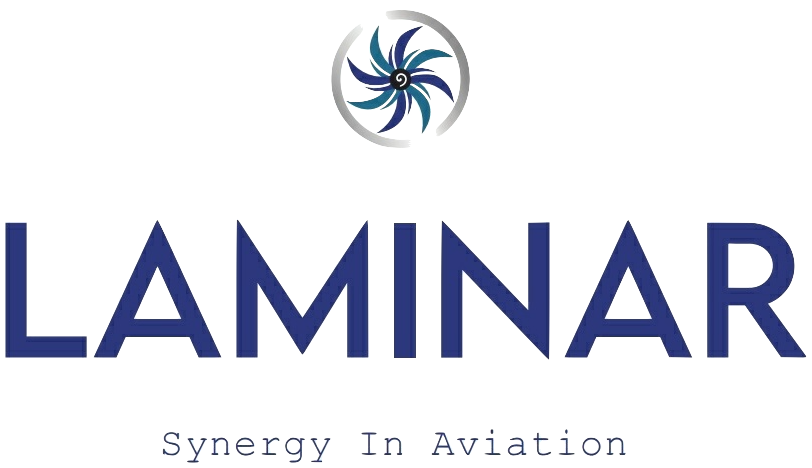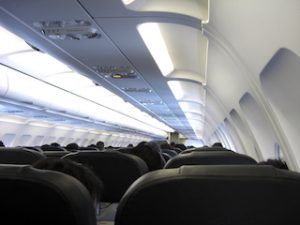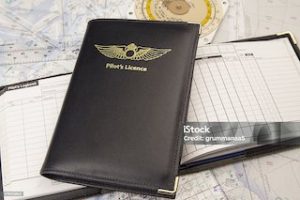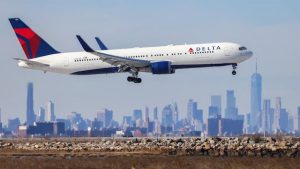Skills Of Netflix Jobs Tagger And Airline Pilot
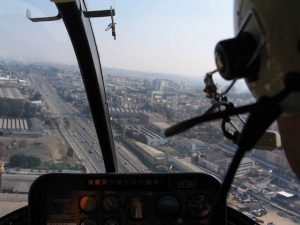 Netflix jobs tagger positions may seem far from aviation, but they build mental habits that apply to flight operations. Precision, focus, and structure shape both tasks. Each job demands commitment and awareness. Taggers and pilots train the brain to process large data sets without delay. The connection is deeper than it seems.
Netflix jobs tagger positions may seem far from aviation, but they build mental habits that apply to flight operations. Precision, focus, and structure shape both tasks. Each job demands commitment and awareness. Taggers and pilots train the brain to process large data sets without delay. The connection is deeper than it seems.
Precision of Netflix jobs tagger
Netflix jobs tagger spend hours watching visual and audio content closely. They look for hidden patterns and recurring themes. This sharpens observational skill. Pilots observe sky conditions, runway surfaces, cockpit displays, and crew behavior. Both depend on constant visual attention to catch problems early and maintain a safe process.
Analysing information rapidly
Taggers analyze episodes and films, assigning words that match each moment. This must be done quickly and accurately. Pilots also face rapid changes in flight data, weather updates, and crew needs. Fast thinking helps them respond to shifts without stress. Both jobs reward clear mental processing.
Following clear procedures
Netflix tagging requires step-by-step systems. Each tag must meet internal guidelines and match set standards. Pilots follow checklists and air traffic rules. Step-by-step discipline ensures flight safety. Both professions rely on repeated actions done correctly each time to avoid danger or confusion.
Building pattern awareness
Taggers detect character arcs, plot twists, and emotional cues. They label these moments without changing the story. Pilots see patterns in weather reports, aircraft behavior, and fuel usage. Pattern awareness allows early decisions and smoother flights. The brain learns to recognise repeated signs across time.
Maintaining focus over long periods
Netflix taggers spend long hours focused on a single screen. The mental task never stops. Similarly, pilots must stay alert from pre-flight to shutdown. Their focus extends over several hours. Both must resist mental fatigue to ensure consistent performance across long shifts.
Filtering distractions efficiently
Taggers work in quiet settings yet face digital distractions. Staying productive demands inner focus. Pilots face cockpit noise, passenger concerns, and technical alerts. Both must filter distractions and stay on the task that matters most. The ability to regain focus is vital.
Using systems for better outcomes
Taggers rely on digital systems that manage shows, keywords, and user preferences. Pilots use autopilot systems, charts, and digital logs. Each field demands comfort with complex tools. A tagger who learns systems easily transitions to cockpit tech without fear or delay.
Communicating with clarity
Netflix taggers document their tags for others to read. Clear writing prevents confusion across teams. Pilots also use clear speech during briefings and air traffic contact. Ambiguous words cause problems in both settings. Each profession builds habits of accurate, short, and timely messages.
Thinking in structures
Taggers build logical structures for content classification. Each story fits into a digital framework. Pilots also build flight plans, manage sequences, and plan their communication. Thinking in steps and sequences avoids chaos and confusion. Structured minds handle pressure better.
Using judgment with confidence
Netflix taggers decide which tags best match tone and theme. These choices shape user experience. Pilots use judgment in complex skies, adjusting flight paths and managing fuel. Sound judgment comes from experience and review. Both develop confidence from repeated correct decisions.
Interpreting audio cues
Taggers listen for emotional tone, music shifts, and voice inflection. Pilots listen to alarms, radio messages, and aircraft noise. Accurate audio interpretation affects both tagging and flying. Sound clues shape decisions in ways that impact success or safety.
Managing time wisely
Each tagged video must be completed within a deadline. Netflix taggers learn time control. Pilots live by schedule demands from gate to gate. On-time performance affects cost, crew hours, and future flights. Good time habits support success in both careers.
Reviewing for accuracy
Taggers recheck their input to catch mistakes. They fine-tune their tagging to improve accuracy. Pilots review data constantly—fuel levels, navigation points, and speeds. Catching small mistakes early prevents big problems later. Both build a habit of checking again.
Respecting feedback
Netflix taggers receive corrections on tag quality or metadata use. They improve based on input. Pilots face simulator checks, flight reviews, and daily performance feedback. Openness to review supports long-term progress. Each task becomes a step in growth.
Balancing speed and quality
Netflix jobs tagger positions demand both speed and quality. The same applies in aviation. Pilots must act fast while staying correct. Balance comes with discipline and practice. The ability to move quickly without missing steps benefits both tagging and flying.
Handling repetition with purpose
Taggers repeat tasks across dozens of episodes each day. Pilots repeat checklists, radio phrases, and flows. Repetition can dull focus unless handled with intent. Turning repetition into rhythm builds mastery and strengthens long-term awareness.
Keeping emotions neutral
Taggers handle violent, sad, or intense content without bias. Pilots handle passenger issues, weather delays, and emergencies without letting emotions interfere. Staying neutral supports better thinking. Emotional control keeps actions clean and effective.
Interpreting visual changes
Netflix taggers notice color tones, lighting changes, and movement details. Pilots see runway shifts, cockpit display colors, and terrain cues. Visual perception drives safety. The eye becomes trained to react fast to small differences across environments.
Adapting to new information
Netflix updates tag rules and workflows often. Taggers adjust fast. Pilots adapt to NOTAMs, weather changes, or reroutes mid-flight. Adaptable minds perform better across challenges. Each update becomes a training moment that strengthens problem-solving.
Understanding cultural diversity
Netflix taggers watch content from many countries. They learn how different stories, habits, and speech patterns connect. Pilots travel across global routes. Understanding culture helps with passenger care, airport teams, and global coordination. Respect supports smooth operations.
Staying fresh mentally
Taggers must refresh their minds between sessions. Mental breaks improve quality. Pilots also take rest seriously, especially on long flights. Managing mental energy helps reduce errors. Both careers support alertness through rest and recovery.
Handling feedback loops
Taggers tag content, then see how users respond. Pilots apply feedback from weather systems, instruments, and air traffic control. Responding fast to input helps maintain control. Each feedback loop becomes part of a system that needs constant attention.
Developing digital comfort
Netflix tagging jobs build digital literacy. Taggers learn spreadsheets, dashboards, and cloud systems. Pilots use electronic flight bags, weather platforms, and cockpit tablets. Digital comfort reduces stress and speeds up operations. It prepares the mind for future tools.
Turning routine into strength
Tagging may seem routine, yet it shapes discipline. The same goes for flight routines. From fuel checks to cabin briefings, pilots follow regular paths. Strong habits built through routine actions create consistent, reliable performance across the journey.
Accepting isolation productively
Taggers work alone for hours. Pilots do the same during solo sectors or cruise flights. Isolation becomes a time for focus and reflection. Productive solitude grows mental strength and supports clear decision-making without outside noise.
Tracking work through systems
Netflix tagging uses trackers and feedback portals. Pilots log flights, submit reports, and monitor aircraft systems. Tracking supports improvement. It helps identify areas for learning, correction, and reflection without blame or delay.
Supporting global infrastructure
Taggers serve global viewers by organizing shows. Pilots serve global passengers by connecting cities. Both systems need constant care and performance. Each task contributes to a wider process that links people, ideas, and services.
Accepting monotony with alertness
Taggers must stay alert even during slow content. Pilots must stay sharp during cruise phases. Long stretches without action build mental quiet. Staying alert when nothing changes becomes a measure of strength.
Building self-discipline
Netflix taggers build work routines without supervision. Pilots also work without daily oversight. Self-discipline supports planning, review, and continuous learning. Each new shift becomes a test of personal habits.
Reacting without delay
Taggers click tags fast when they see a match. Pilots move fast when alarms flash. Speed supports safety and function. The reflex to act sharpens over time and through constant use.
Translating words to meaning
Netflix taggers turn stories into keywords. Pilots turn instructions into action. The translation of data into meaning drives success. Clear inputs become useful only when matched with smart action.
Training the eye and mind together
Netflix taggers match visuals and language to themes. Pilots match scenery, screens, and speech to action. Both train the mind and eye to work together. Coordination builds trust in perception.
When tags meet thrust
Tagging films and flying aircraft seem different on the surface. Yet both demand clarity, precision, and control under pressure. The habits built in tagging prepare the mind for the skies. Each tag placed, like every flight plan built, trains the brain for fast, clear action. The sky rewards preparation, and tagging builds it well.
